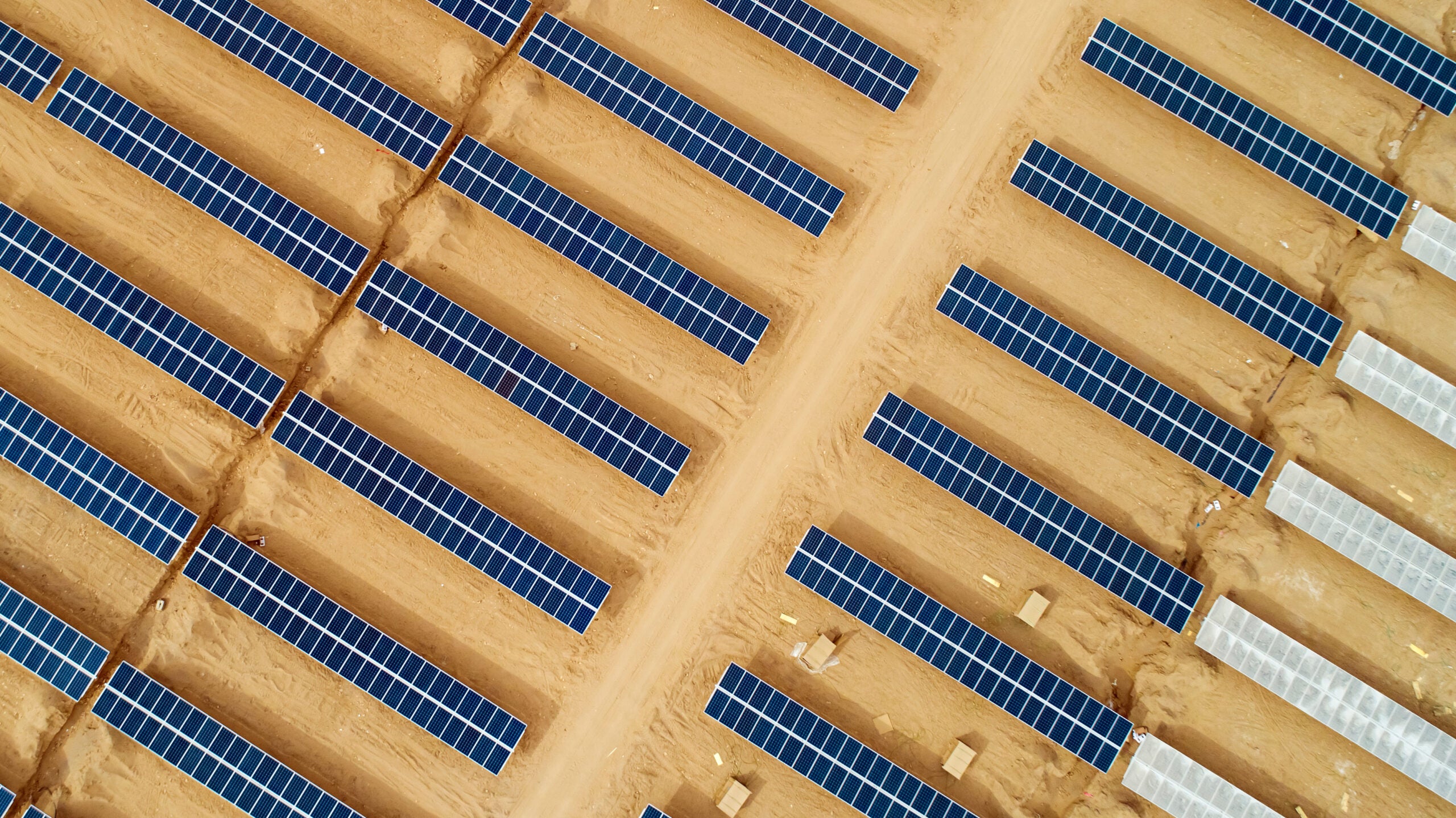Power utilities are increasingly using robotics to handle the inspection of risky, time-consuming, and hard to reach assets, as well as maintaining those assets and improving their operations. Robots and drones now play a crucial role in the power utilities space in areas such as operations and maintenance (O&M) and asset inspection, leading to savings on O&M costs.
GlobalData’s latest theme report, ‘Thematic Research: Robotics in Power’, highlights that for the power industry, the main goal of robots and drones is attaining complete autonomy, without requiring human intervention, to perform inspection, maintenance, and repair activities at dangerous areas or sites such as nuclear facilities, bases of hydropower dams, and transmission and distribution (T&D) lines.
How well do you really know your competitors?
Access the most comprehensive Company Profiles on the market, powered by GlobalData. Save hours of research. Gain competitive edge.

Thank you!
Your download email will arrive shortly
Not ready to buy yet? Download a free sample
We are confident about the unique quality of our Company Profiles. However, we want you to make the most beneficial decision for your business, so we offer a free sample that you can download by submitting the below form
By GlobalDataRobots and drones have penetrated their way into the power industry and are finding applications across various segments such as T&D, wind, solar, nuclear, hydropower and fossil fuels. Currently, there are three main use cases for robotics in utilities, and these apply primarily to asset-heavy segments of the sector including generation and T&D. These use cases are the inspection of assets, automated and remote maintenance, and handling of nuclear materials.
Figure 1: Robotics value chain

Source: GlobalData
In addition to these established use cases, utilities are also likely to be indirectly influenced by several developments in the robotics arena in the longer term. For example, as robots and drones become more prevalent, they will provide a significant source of data for utilities (an emerging field that some are referring to as databotics). This trend also includes the use of drones and robots to map dangerous or inaccessible parts of utilities’ infrastructure and create digital twins of these assets that can then support training, planning, and maintenance.
There are already signs that robots can also play a key role in the installation and setup of technologies such as offshore wind and solar panels. Sailing robots can move wind turbines to the correct offshore locations and erect them. Automated cleaning solutions (SPOT panel cleaning system) for solar PV panels are used, for example by Alion Energy, a renewable energy company, offering EPC and O&M services for utility scale solar PV power plants. This SPOT cleaning system is a robotic solar plant cleaning solution from Alion Energy which automates solar panel cleaning operations (both wet as well as dry cleaning processes).
Robots, such as Atlas, which was produced by Boston Dynamics, are increasingly capable of conducting search and rescue in the field independently. This can be of great value to industries such as utilities in which staff often work in isolated and dangerous environments.
Many specialists have also come to the market with commercial drones aimed specifically at utilities and related industries (e.g., R4 Robotics, ULC Robotics, and Hydro-Québec subsidiary MIR Innovation). MIR has been at the forefront of designing robots for inspection of high-voltage power lines, and has developed a product called LineScout that serves as a robotic platform specifically designed for inspecting and carrying out maintenance activities for energised transmission lines. MIR’s other robotic products include LineRanger, Linerover, Linedrone and LineCore, which form part of its offering around monitoring and inspection of power transmission lines.
In May 2019, a £4m ($5m) two-year Innovate UK funded Multi-Platform Inspection, Maintenance and Repair in Extreme Environments (MIMRee) project is advancing towards setting up a robotic team for offshore wind farm inspections. The project intends to demonstrate that offshore wind O&M mission can be carried out by crawling robots, autonomous vessels and aerial vehicles. Inspection and repair works on wind turbine blades are normally conducted by rope-access technicians, who often undertake these tasks in severe conditions and with a restricted weather window.
Another Innovate UK’s project is CHIMERA – which is a semi-autonomous robotic platform for the inspection, repair and maintenance of internal pressure vessels. It will be positioned into the internal pressure vessel without breaking containment through an innovative bolt-on headworks. Pressure vessels are viewed as safety-critical infrastructure and find applications in industries such as nuclear, oil and gas and petrochemical.
Force Technology, SGRE and DTU Wind Energy have collaborated in coming up with an autonomous robot which can 3D scan the blades of a wind turbine, via a 3D scanner, before leaving the factory. The development of this autonomous robot forms a part of the MADE (Manufacturing Academy of Denmark) research project. The robot was set up and had undergone testing at Force Technology’s facilities and then testing was performed on the wind turbine blades at SGRE’s blade factory in Aalborg, in Denmark.
Enel Green Power’s (EGP) solar lab has been testing automated cleaning robots which help to clean solar PV modules by themselves and can be remotely managed. The solution has been implemented at the Ituverava solar PV power plant in Brazil, wherein the robot was tested under real dirt state, where solar modules are mounted on trackers, enabling the robot to clean solar PV modules effectively and help reduce soiling impact in solar PV systems.
Finally, utilities are increasingly getting involved in managing energy demand, and as robots and drones become more prevalent, and industries such as logistics, retail, and leisure become more reliant on them, utilities will need to understand how the update of robots will influence electricity demand patterns, and what impact it may have on peak generation and distribution network requirements.







Related Company Profiles
ULC ROBOTICS, INC
Boston Dynamics Inc
Made SA
Alion Energy Inc
FORCE Technology AS